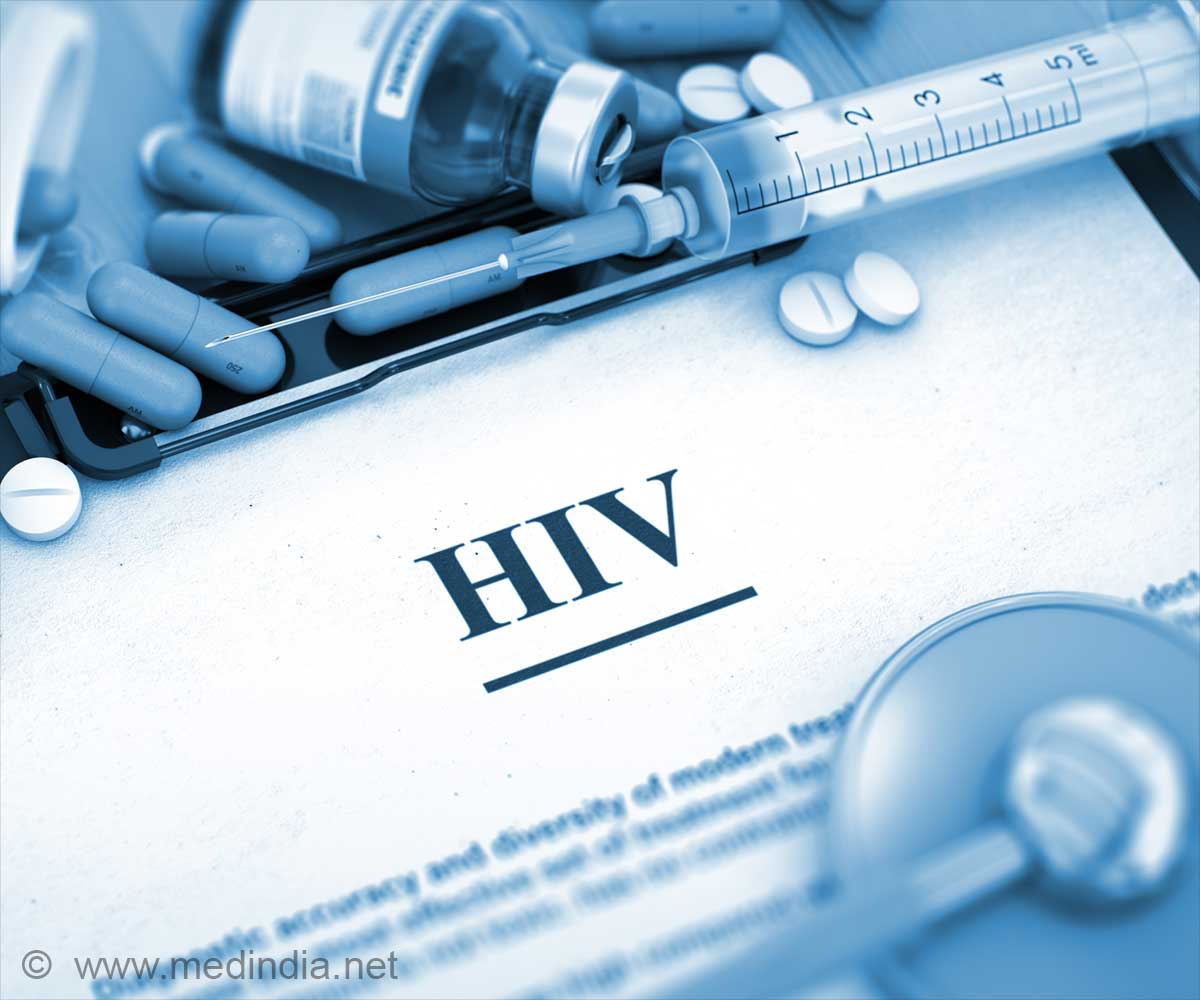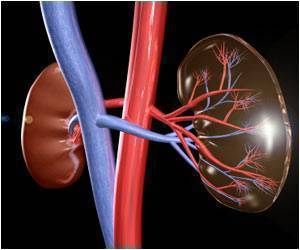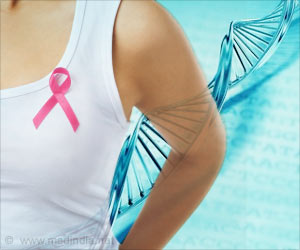
- About 1.9 million young women had HIV in 2023 due to gender inequality, poverty, and discrimination
- The dapivirine ring and dual prevention pill offer new protection options for women
- New tools aim to reduce HIV infections by 90% by 2030, focusing on women’s health
Human immunodeficiency virus (HIV) is a virus that affects the immune cells, making a person susceptible to other infections and diseases.
It can be transmitted when a person gets in contact with or by exchange of bodily fluids like blood, semen, vaginal fluids, and breast milk, or through the same syringe used for the patient with HIV. When left untreated, HIV leads to acquired immunodeficiency syndrome (AIDS) (1✔ ✔Trusted Source
Choices for women and girls for HIV prevention: So near and yet so far
).
Advertisement
HIV Risks for Girls and Young Women
Due to gender inequalities, discrimination, and poverty, women and girls are restricted from taking care of their bodies and their economic development. They are prohibited from making decisions about their sexual well-being. This includes poor access to contraception and healthcare, and the inability to decide when to have sex.
It increases the risk of preventable infections like HIV. Every week, there are 4,000 missed chances to protect women and girls from getting HIV. It was found that in 2023, 1.9 million girls and young women aged 15-24 were living with HIV, compared to 1.2 million boys and young men of the same age group.
There were 210,000 new HIV cases among young women, four times higher than the target of 50,000 for 2025. It is equivalent to 4,000 new HIV infections among adolescent girls and young women every week. It was recorded that 3,100 infections were in sub-Saharan Africa.
Advertisement
New Solutions for HIV Prevention in Women
Despite the challenges, the HIV prevention field is focussing on funding long-acting prevention technologies for women. To achieve the Sustainable Development Goal of ending the AIDS epidemic by 2030, women must be able to choose among a range of HIV prevention options according to their needs and preferences, at different stages of their lives.
The main theme of the 5th HIV Research For Prevention Conference of International AIDS Society (HIVR4P) in Lima, Peru was about the importance of choice and access to fight the HIV epidemic.
Many clinical studies presented at the conference showed promising results of new HIV prevention tools made especially for women and young girls, which can be safe, effective, acceptable, and affordable.
Advertisement
Dapivirine Vaginal Ring: A New Way for Women to Prevent HIV
One-month dapivirine vaginal ring developed by the International Partnership for Microbicides, managed by the Population Council, is the first female-controlled, long-acting, non-systemic, microbicide product that substantially reduces the risk of getting infected with HIV. It is known as a Pre-Exposure Prophylaxis (PrEP) ring.
The dapivirine vaginal ring is a flexible silicon ring that slowly releases the HIV prevention drug dapivirine into the target cells and substantially reduces the risk of getting infected with HIV. Women at risk of getting infected with HIV can use this ring. It can be easily put inside the vagina by the female on their own and replace it after one month.
This ring is an alternative for women who do not prefer oral PrEP tablets. It has been approved for use in eleven African countries and is available in Eswatini, Kenya, Lesotho, South Africa, Uganda, and Zimbabwe. The dapivirine ring received a positive opinion from the European Medicines Agency and a pre-qualification test by the World Health Organization (WHO).
Three-Month Dapivirine Ring
While one-month dapivirine is convenient for many women, a longer-lasting version, a three-month dapivirine vaginal ring was developed. It contains 100mg of dapivirine instead of 25mg found in the monthly ring.
According to a clinical study shared by Jeremy Nuttall of the Population Council’s Center for Biomedical Research, the three-month dapivirine vaginal ring is a phase-1, open-label, and randomized crossover study, which investigated the relative bioavailability of a 3-month (100mg) dapivirine vaginal ring and compared it with the 1-month (25mg) ring.
All 124 women who participated in the study used three consecutive monthly rings, followed by a single three-month extended-use dapivirine vaginal ring. Of the 124 participants, 104 women completed the study. Plasma vaginal fluid samples were taken regularly throughout the study period for drug-level measurement. Based on dapivirine concentrations in plasma after women used each type of ring. From the results obtained, the three-month ring worked well when compared to the one-month ring while reducing the number of rings needed each year from 12 to 4.
This longer-lasting ring is expected to be more convenient and cost-effective, with a 60% reduction in cost and fewer clinic visits. The ring will expand prevention options for women and help to fight against HIV. After regulatory approval, the ring will be available by 2026.
Dual Prevention Pill
A dual prevention pill is being developed to protect against both HIV and unplanned pregnancies. It is a combination of oral PrEP for HIV prevention and oral contraception. As both drugs are approved, the new combination has to be proven to show its efficacy.
The pill, made by Viatris, contains a combination of HIV prevention drugs (Tenofovir and Emtricitabine) and contraceptive hormones (Levonorgestrel and Ethinyl Estradiol). A pack will have 28 tablets: 21 with both HIV and pregnancy prevention, and 7 with just HIV protection for the last week of the cycle.
It is expected to get regulatory approval by the end of 2025 and could be available by 2026. This pill will be the first combined HIV and pregnancy prevention method other than condoms.
Long-Acting Injectable Hydrogel to Prevent Pregnancy
Dr. Melissa Peet, a scientist at CONRAD, shared data on a long-acting (LA) subcutaneous injectable hydrogel platform that is being studied in animals. This drug delivery system can prevent HIV or simultaneously protect against both HIV and unplanned pregnancies efficiently. The hydrogel is biodegradable, and with a small volume, it can release two drugs at different rates.
Formulations with HIV prevention drugs (515 or 616mg/ml of micronized cabotegravir and 359mg/ml of micronized dolutegravir) and a contraceptive (67mg/ml of levonorgestrel) were tested on rats for 3 months.
Both formulations showed high and sustained plasma concentrations. Dolutegravir and levonorgestrel plasma levels did not show drug-drug interactions and there were no observed safety signals in any formulations.
Unlike silicone used in vaginal rings, the silica in this hydrogel breaks down naturally and doesn’t need to be removed. It is stable and carries multiple drugs. It doesn’t require cold storage.
Further studies are carried out in animals to determine the appropriate dosage and injection intervals. This method can be similar to the progress seen with long-acting injectable cabotegravir for HIV. Additionally, other antiretroviral medicines tenofovir alafenamide and Elvitegravir (TAF and EVG) are showing potential for easy, affordable, and effective on-demand HIV prevention in clinical studies.
Monthly Dapivirine Vaginal Film
The University of Pittsburgh and Magee-Women’s Research Institute (MWRI) are working with the Population Council to develop a monthly dapivirine vaginal film. This film will protect against both HIV and unplanned pregnancies. When inserted into the vagina, the film will slowly dissolve in vaginal fluid, releasing dapivirine and levonorgestrel for a month. As the film is dissolved completely, the user can simply insert a new film for another month of protection.
The human trials for the dapivirine film are scheduled for 2025, followed by trials for the combination film, after laboratory and animal studies are completed.
With new approvals and promising developments in biomedical tools for HIV prevention, there’s potential to significantly reduce HIV infections by 90% by 2030. However, this can only happen if these tools become available to those who need them the most. The updated United Nations Resolution 60/2, adopted in March 2024, highlights the urgent need to focus on the health and rights of young women and girls amid the global AIDS crisis.
Reference:
- Choices for women and girls for HIV prevention: So near and yet so far – (https://healthandfamily.in/choices-for-women-and-girls-for-hiv-prevention-so-near-and-yet-so-far/)
Source-Medindia



